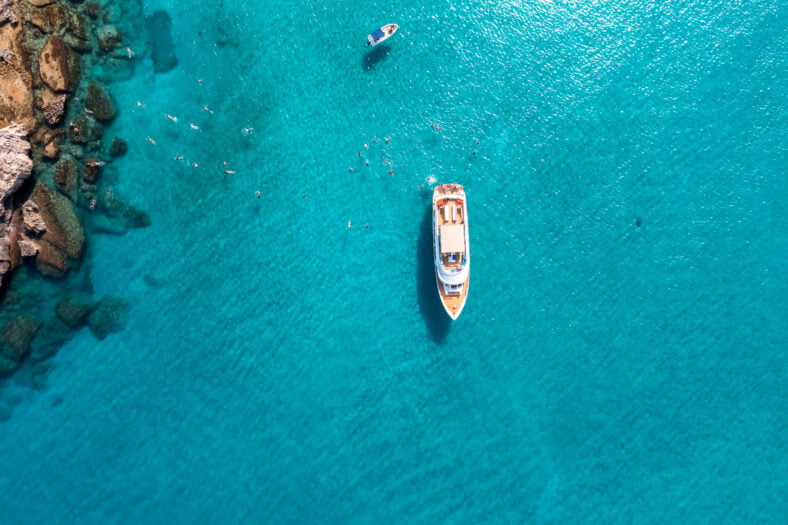A 2,600-Year-Old Shipwreck Has Been Extracted From The Waters Of The Mediterranean Sea

Near southeastern Spain, a 2,600-year-old shipwreck has been extracted from the waters of the Mediterranean Sea.
The vessel was 27 feet long and was initially discovered in 1994 near the town of Mazarrón. When it sank, it had been carrying a cargo of lead ingots.
The ship is known as the Mazarrón II. It was located six feet beneath the surface of the Mediterranean, about 200 feet away from a beach called Playa de la Isla. The wreck was covered in sand, which has helped preserve it for centuries.
But recently, changes along the coastline, such as coastal development and shifting sea currents, have increased the vulnerability of the wreck site.
“The wreckage can no longer remain where it is because its sand protection is now disappearing,” said Carlos de Juan, the leader of the excavation project and an archaeologist at the University of Valencia.
“The wreckage has survived for centuries, but now it is time to roll up our sleeves and ensure that we can continue to enjoy this asset of cultural interest.”
A protective metal box has shielded the wreck from harm for many years, but a team of experts who studied the site between 2017 and 2019 found out that the metal box was sinking and the shipwreck was at risk of being crushed.
Archaeologists began developing a plan to lift the shipwreck from the sea floor in the summer of 2023. They spent a total of 560 hours diving at the wreck site to document all the details of the vessel.
Between September and November 2024, a team of 14 divers brought the wooden shipwreck to the surface in many pieces.

Sign up for Chip Chick’s newsletter and get stories like this delivered to your inbox.
The fragments will be transported to a laboratory at the Museum of Underwater Archaeology in Cartagena for conservation.
After the restoration work is completed, the wreck will be reassembled. The work is expected to take at least four years. As the first step of the preservation process, the salt will be removed from each of the pieces.
Next, experts will apply resins to fill in some of the places where the wood has rotted away. Then, they will freeze-dry the pieces before putting the ship back together.
It is believed that the ship belonged to the Phoenicians, a group of merchants and maritime traders who occupied the Mediterranean coast from 1500 to 300 B.C.E. Mazarrón II is one of the few shipwrecks from the Phoenicians that has remained mostly preserved. It has the potential to provide fresh insights into Phoenician shipbuilding practices and culture.
“It will tell us what types of wood were used to build the boat, where it was built, what navigation was like at the time, the degradation processes of the wood, the contamination that may have occurred in shallow waters,” said Agustín Díez, a historian at the University of Valencia.
More About:News